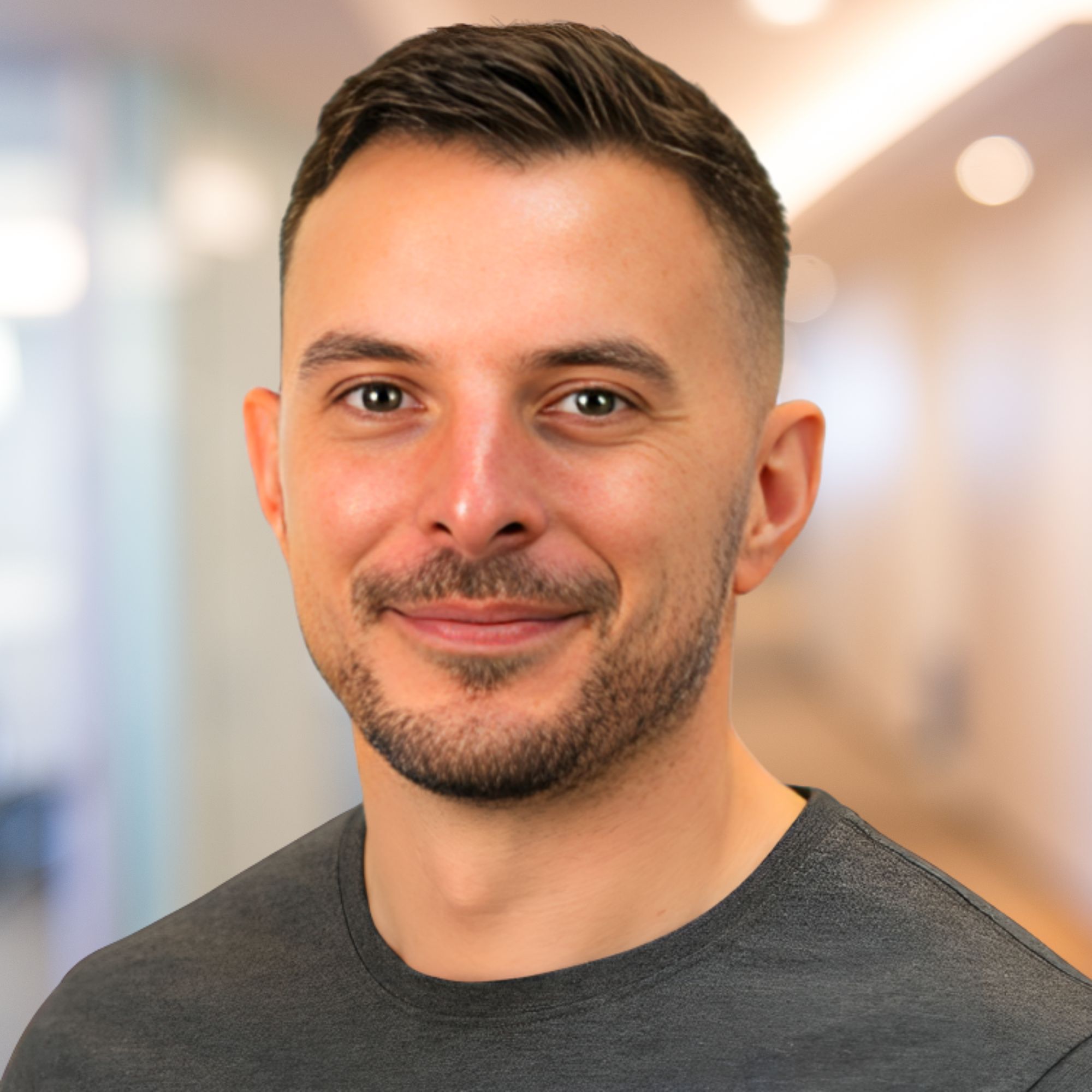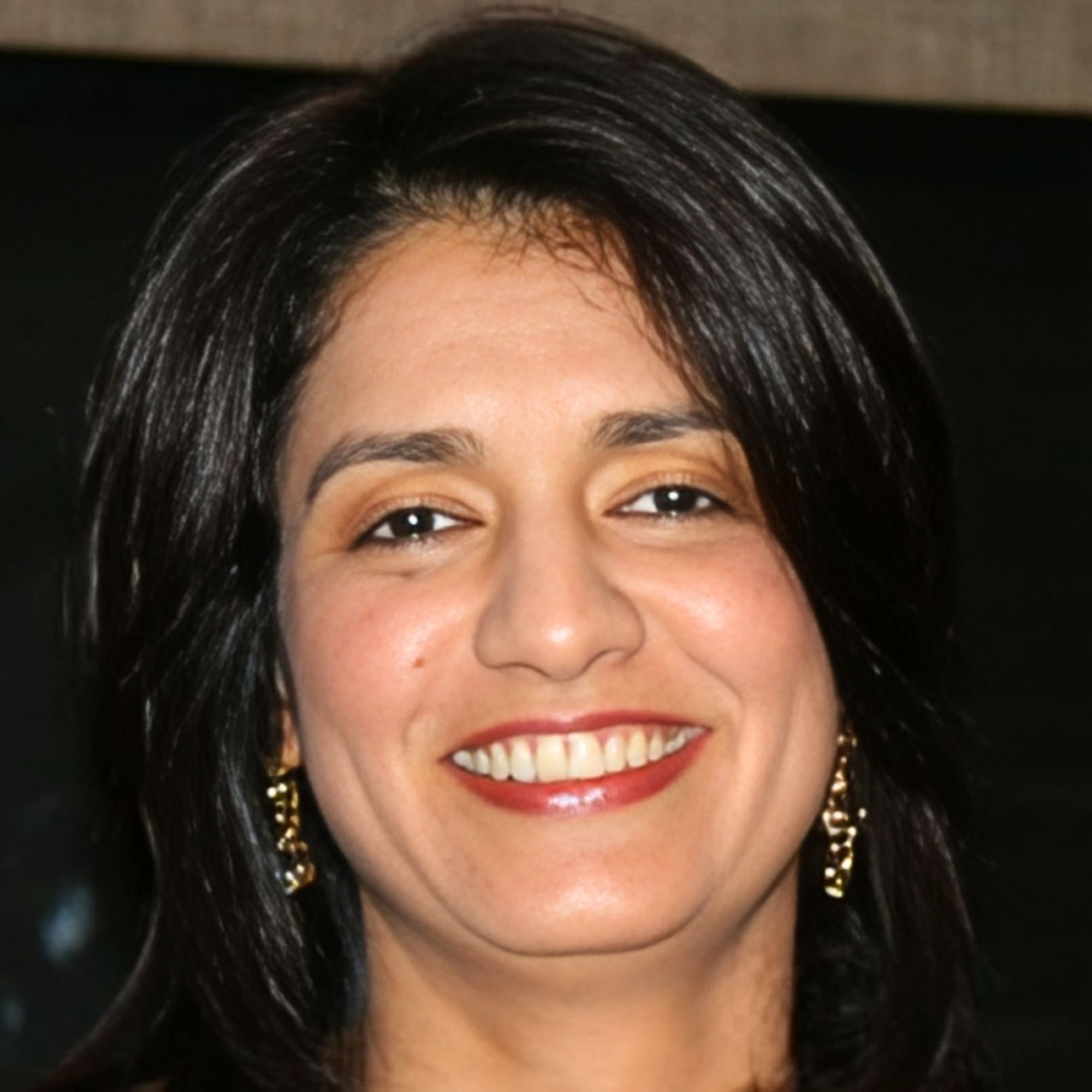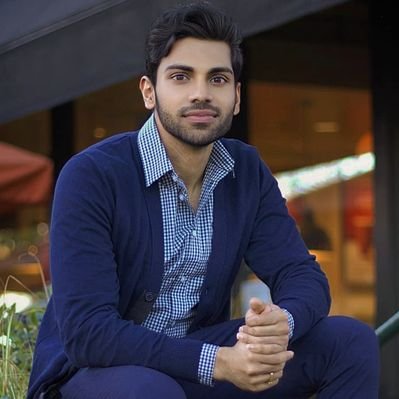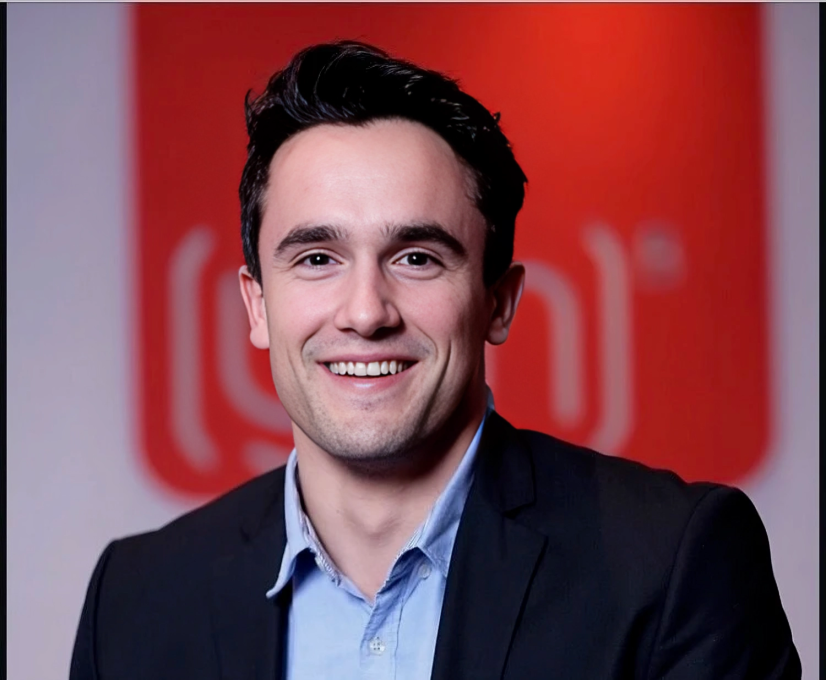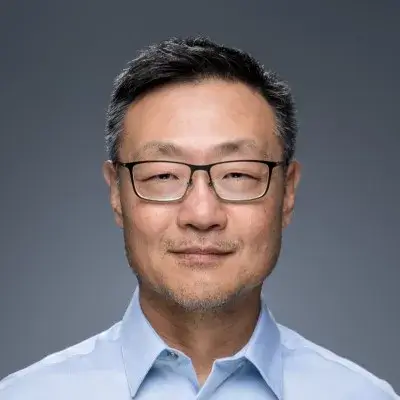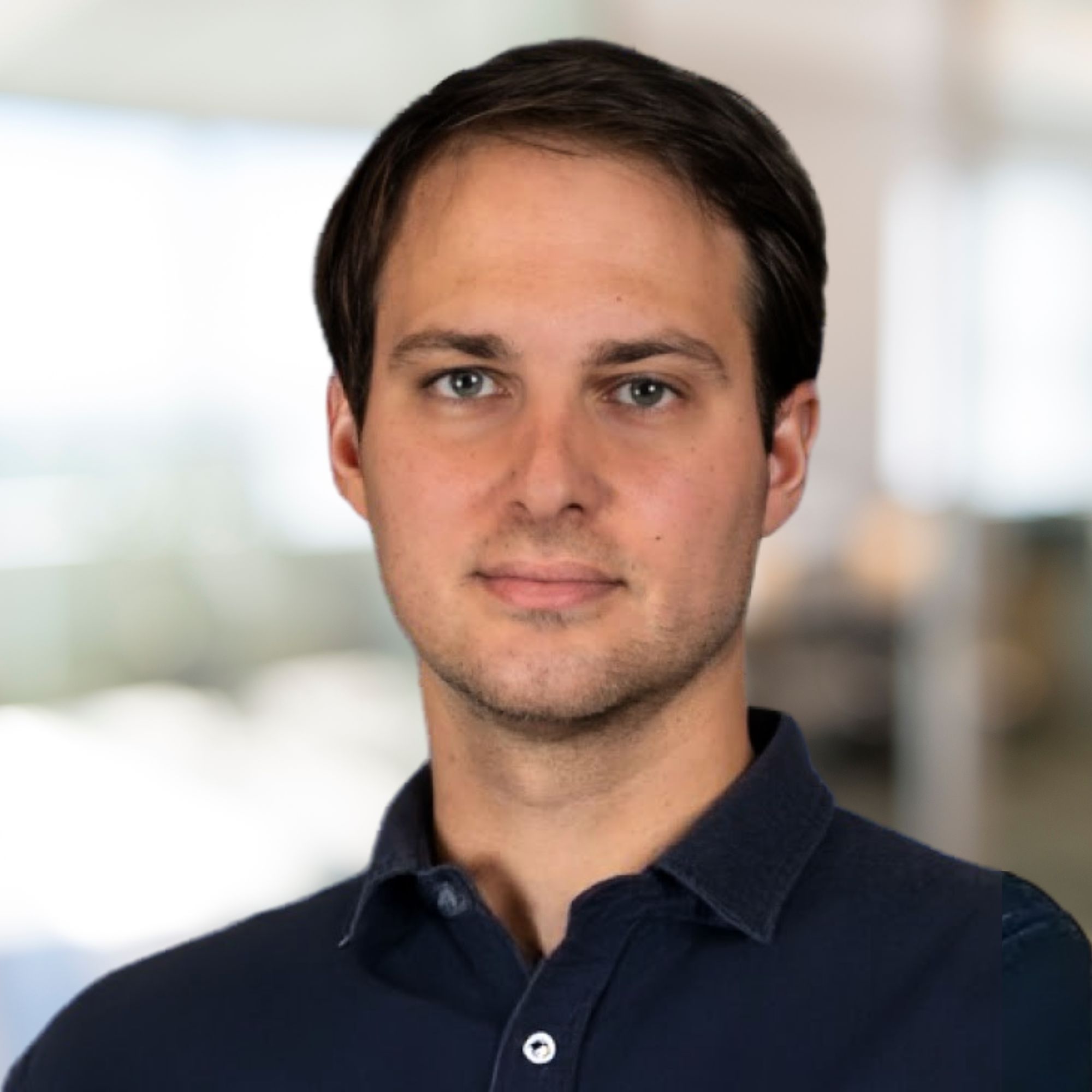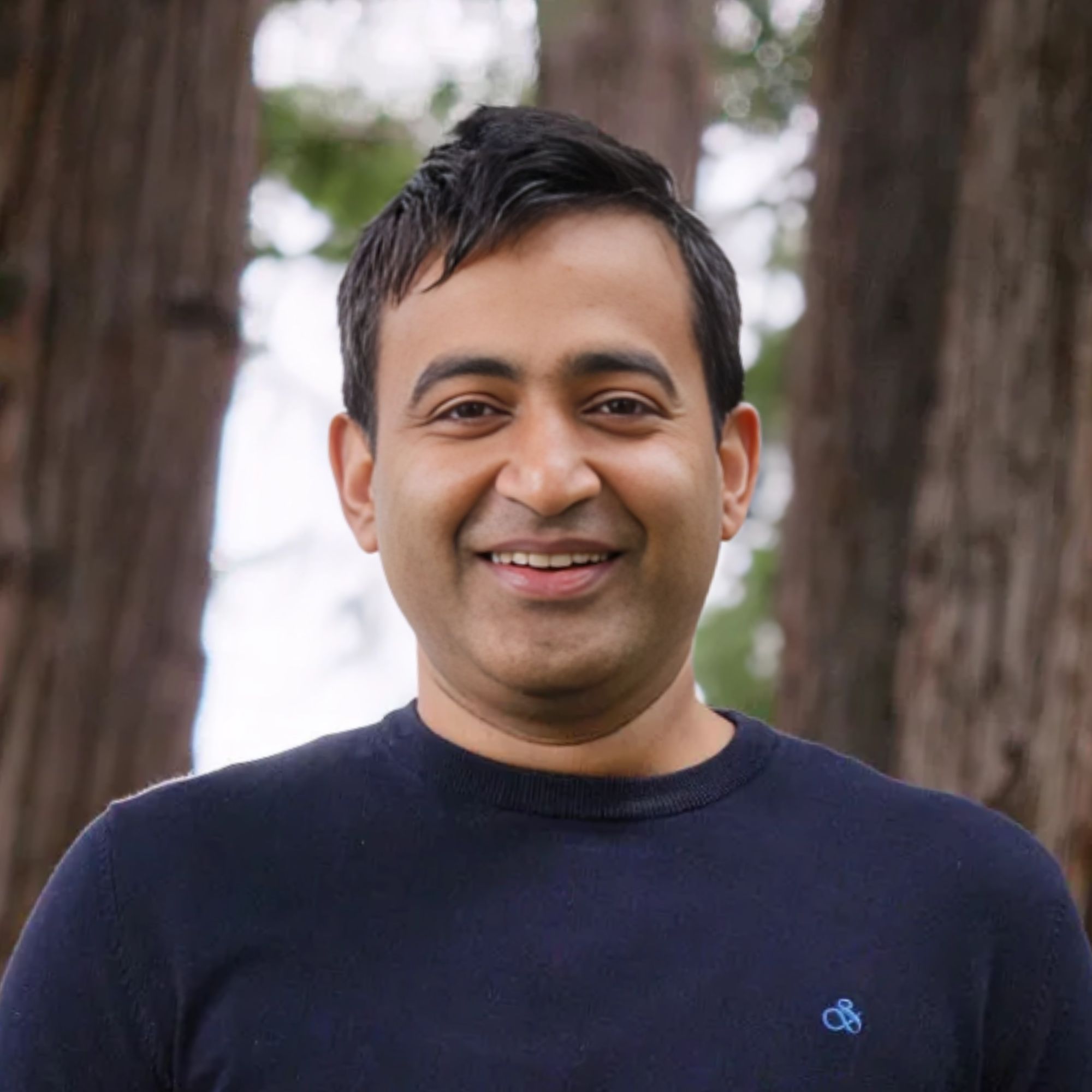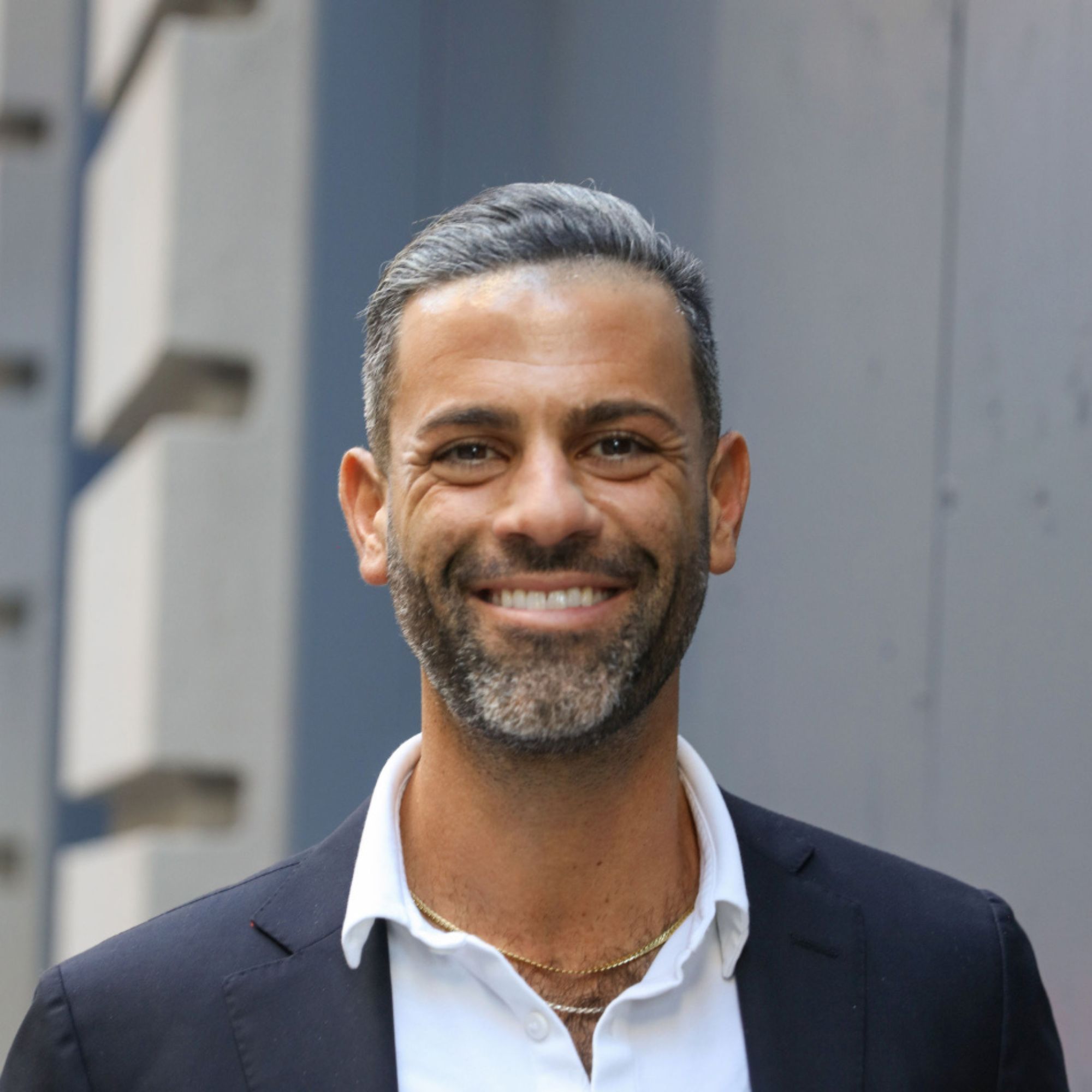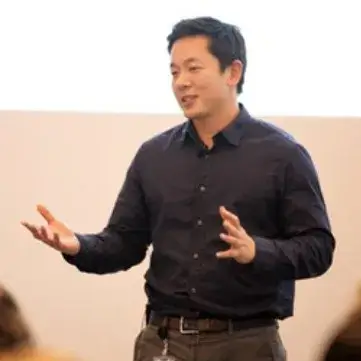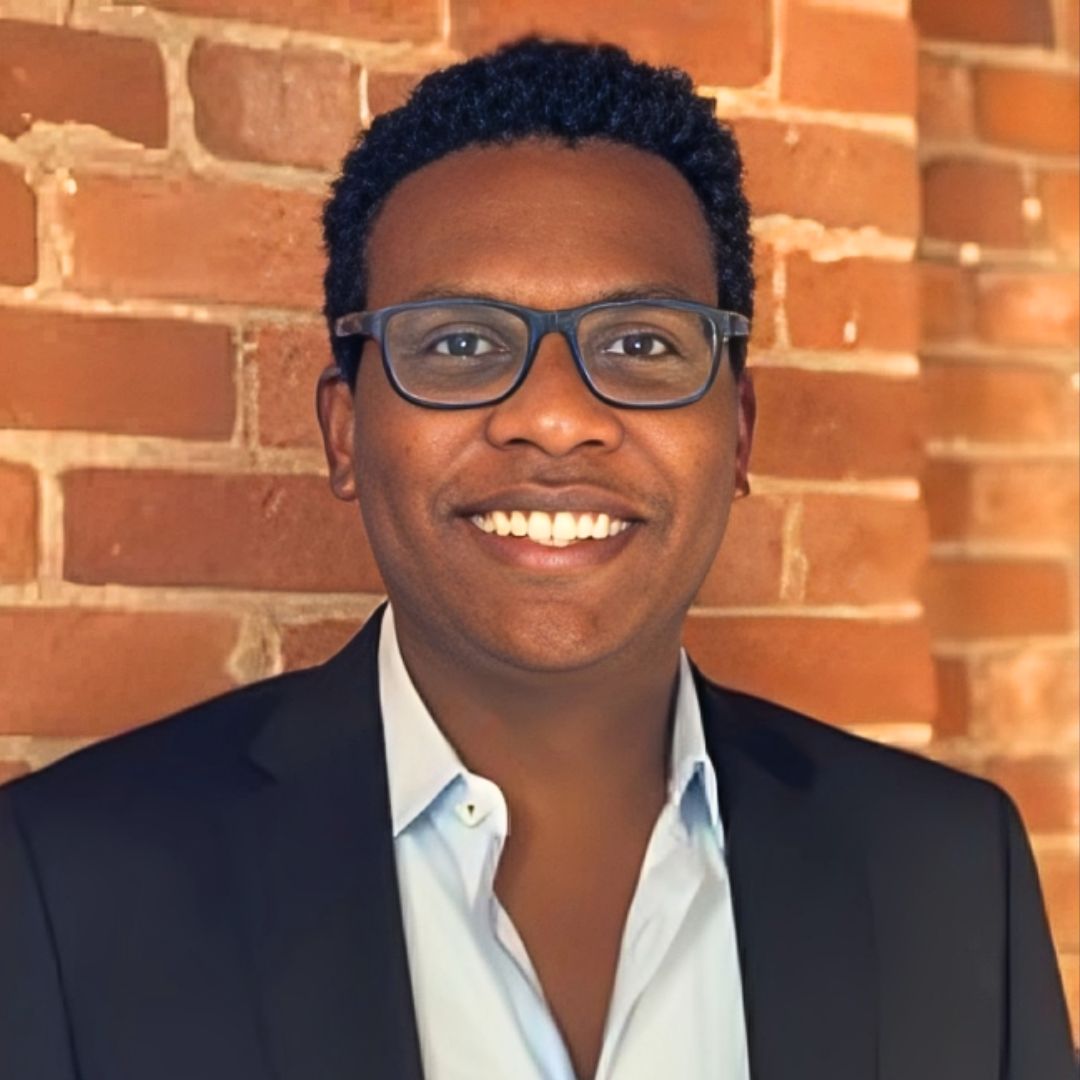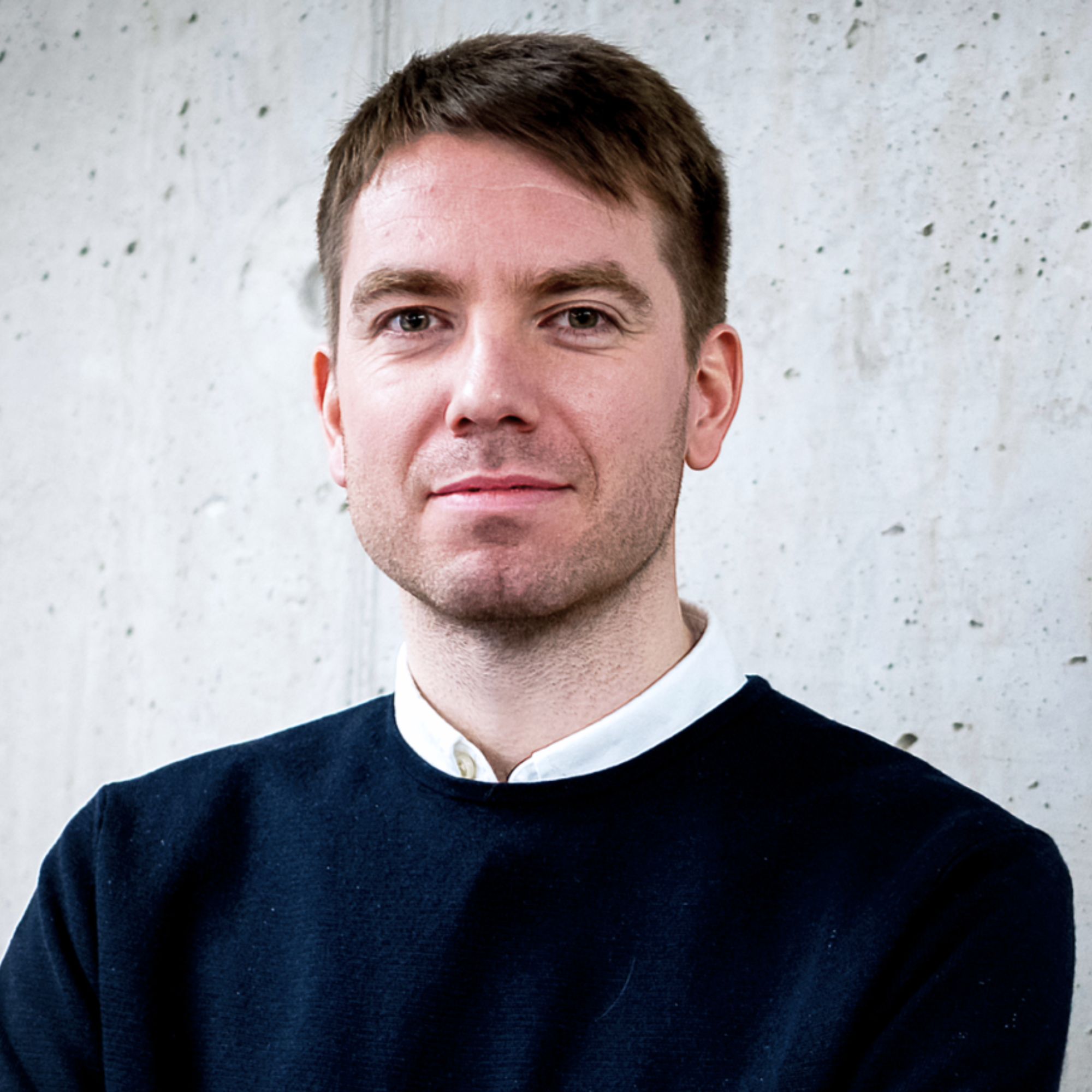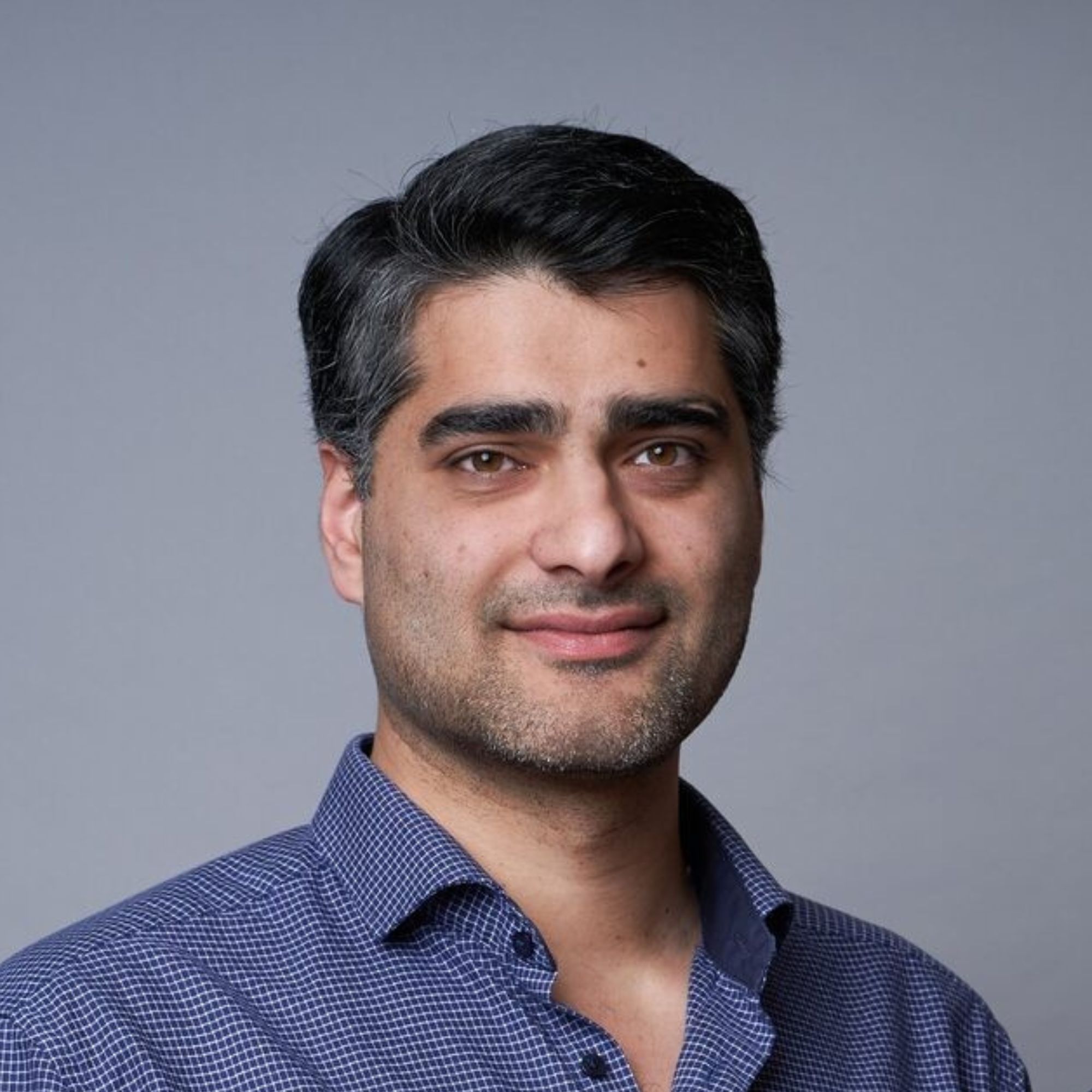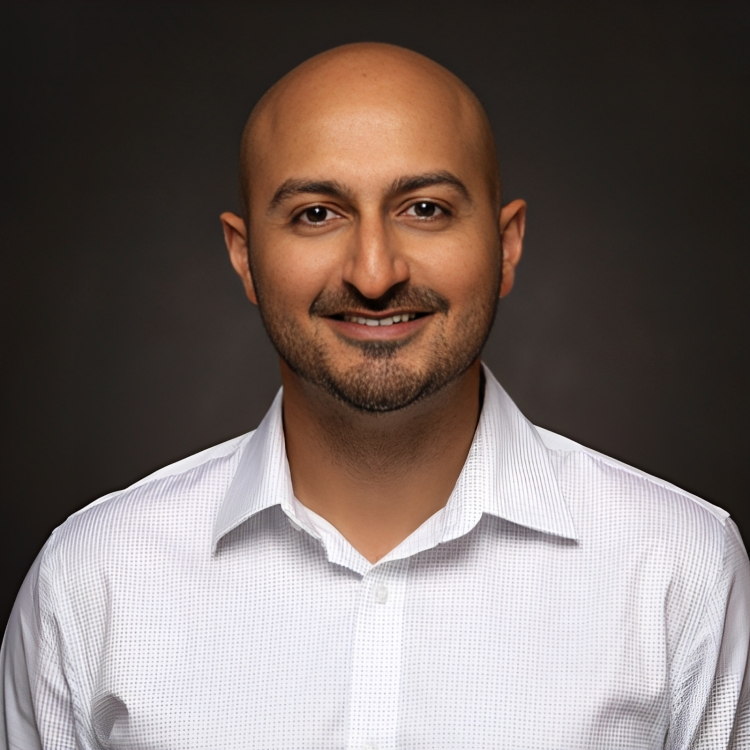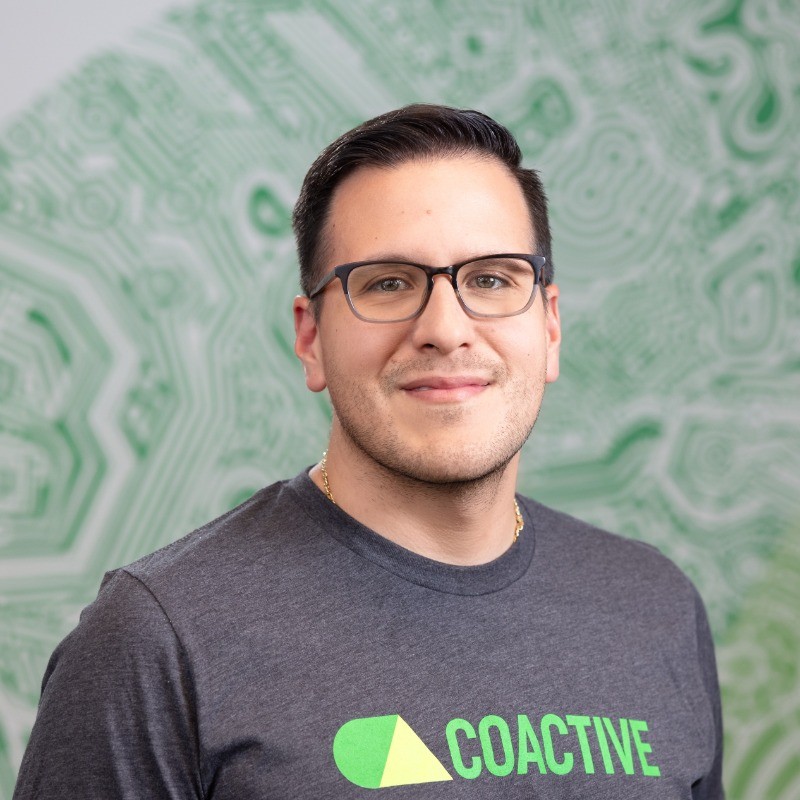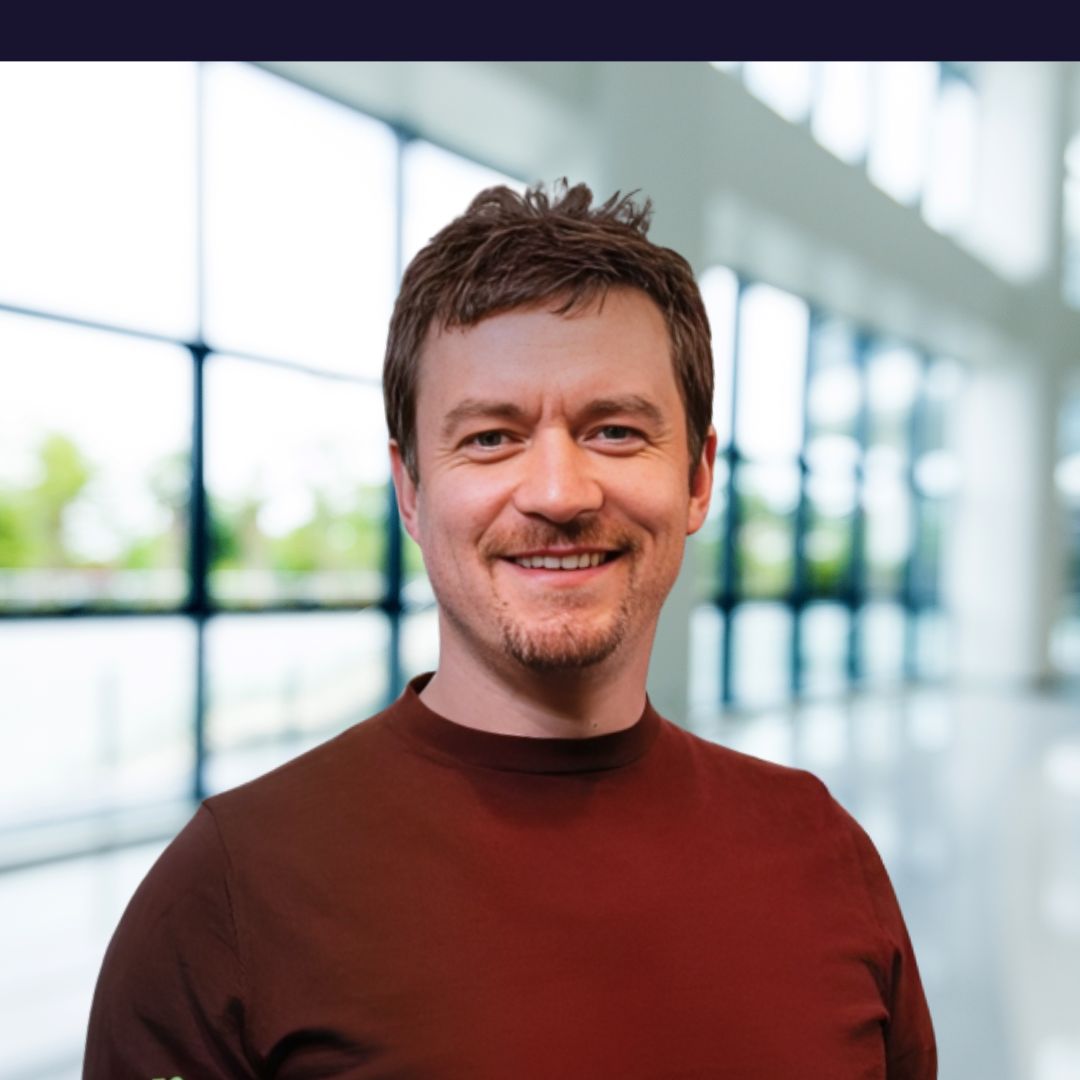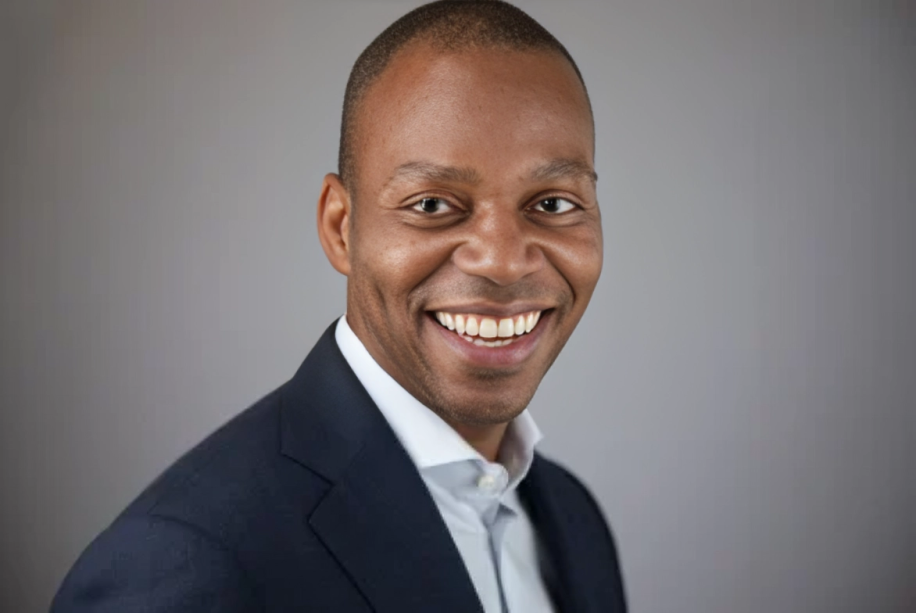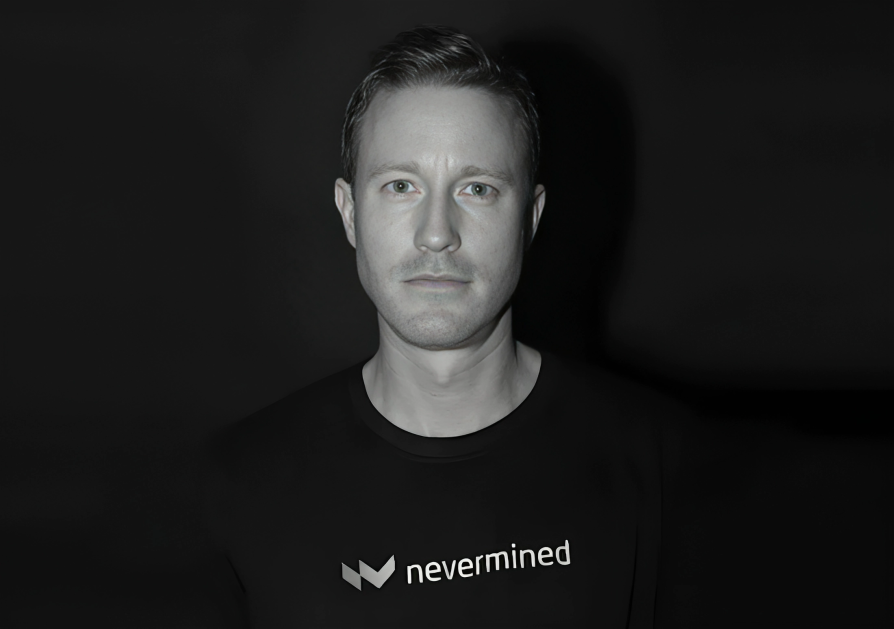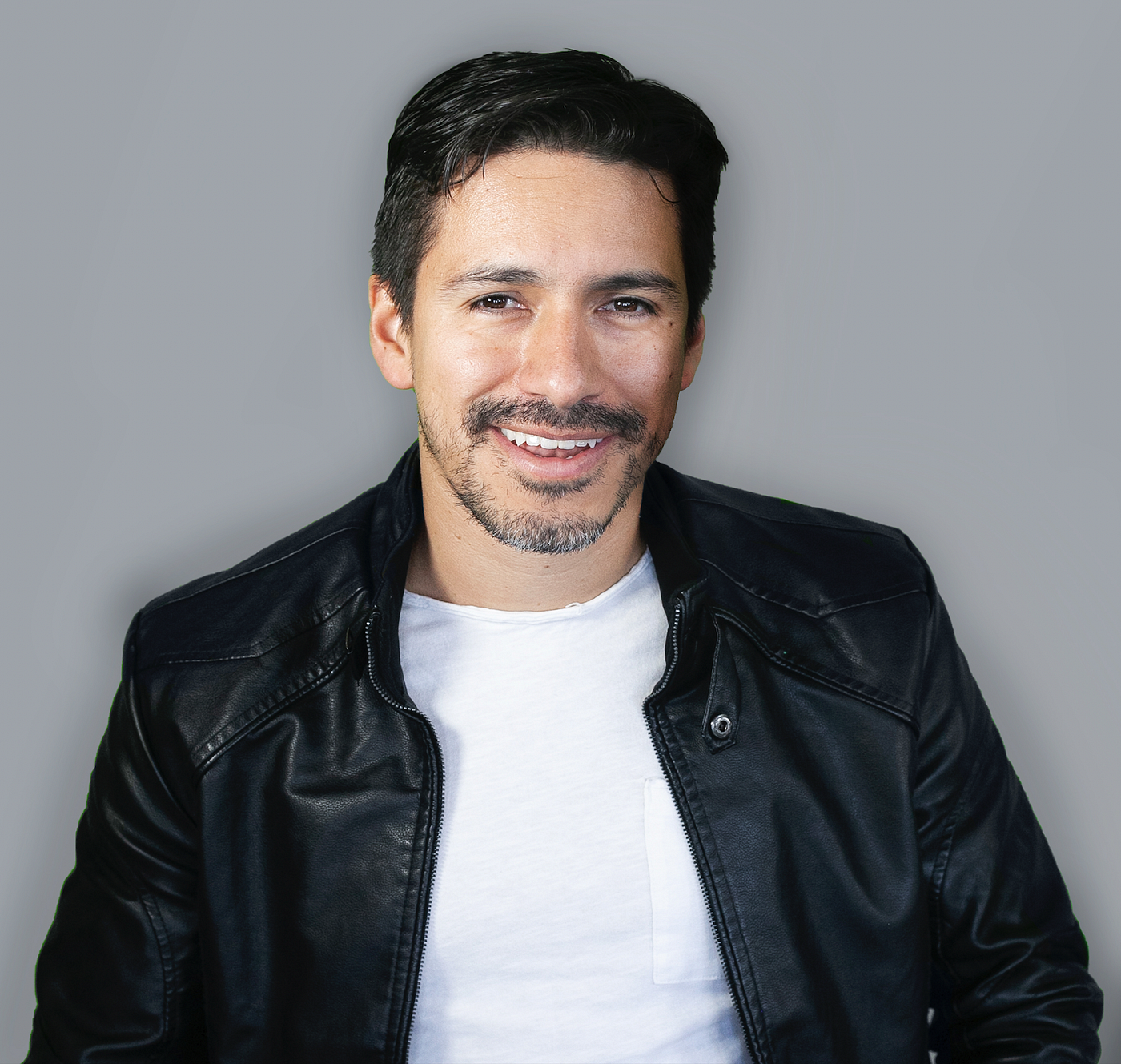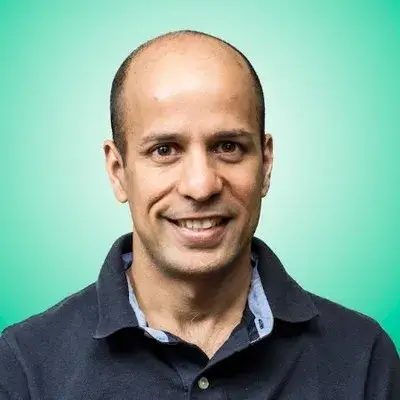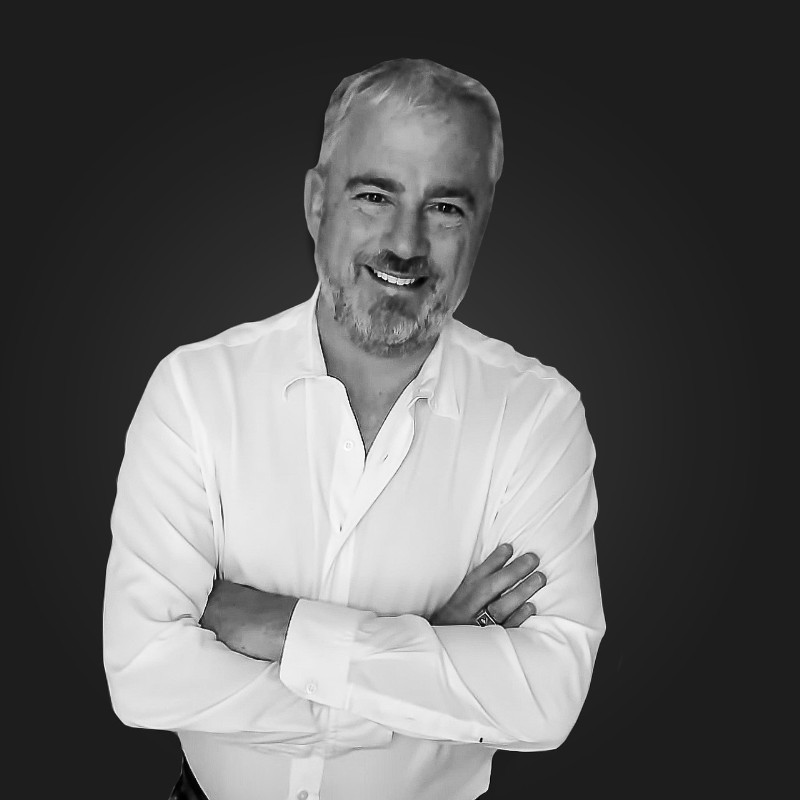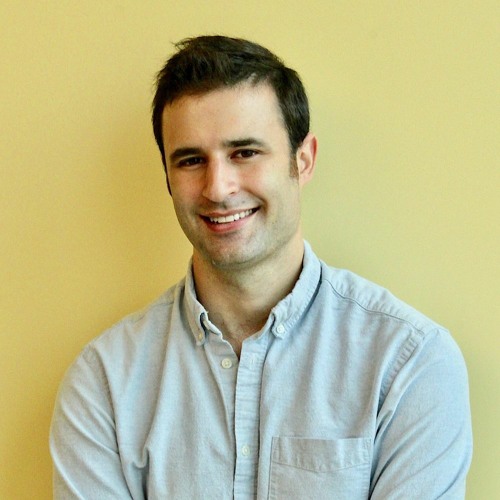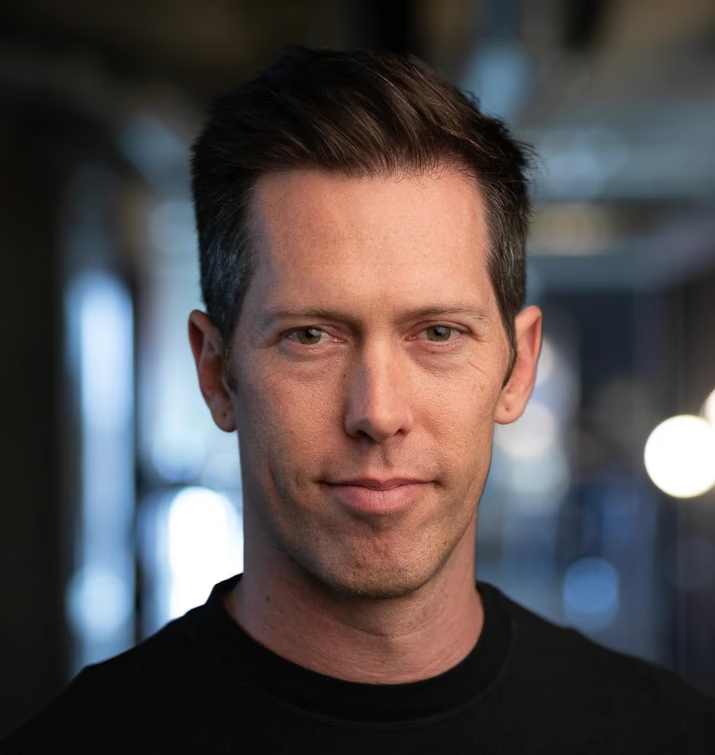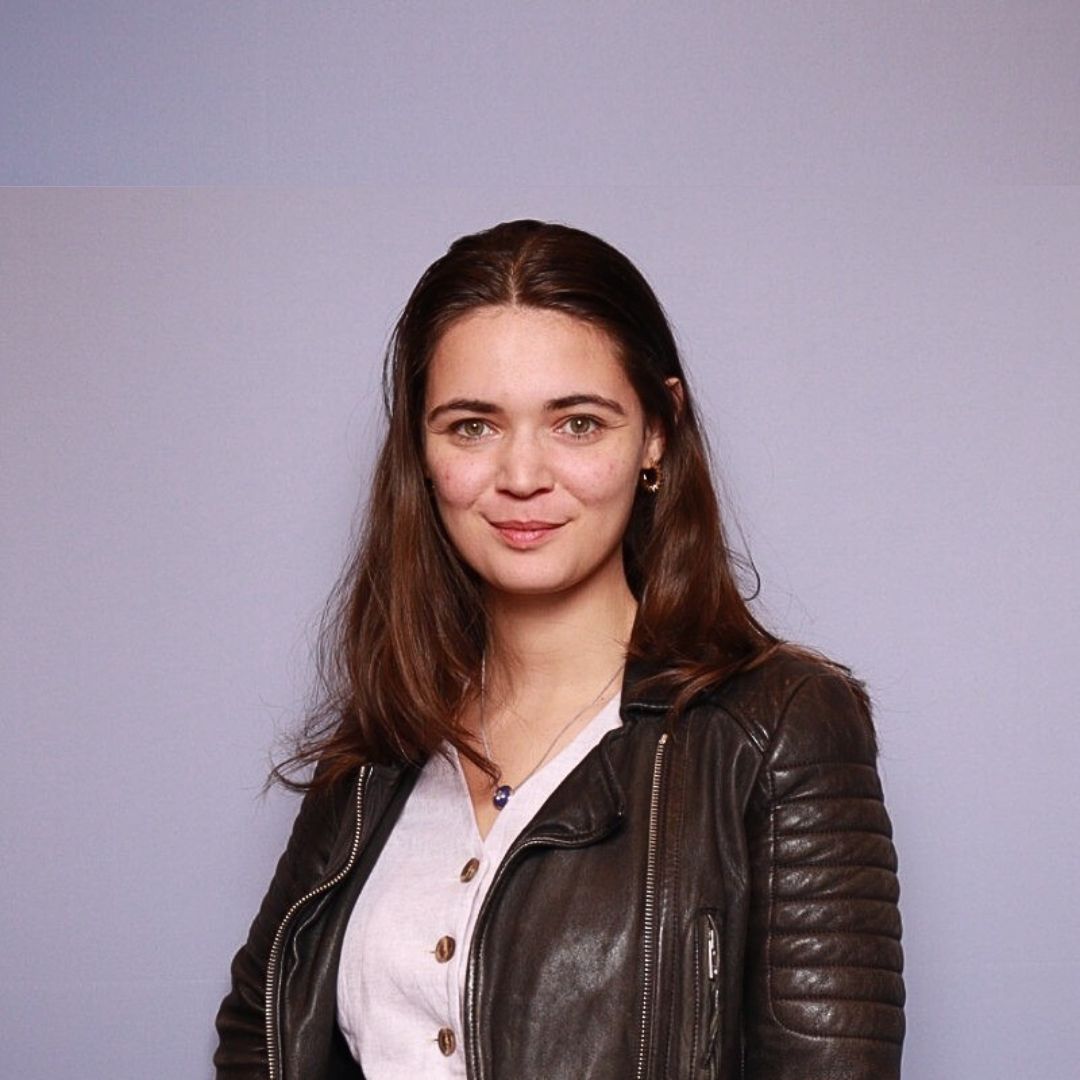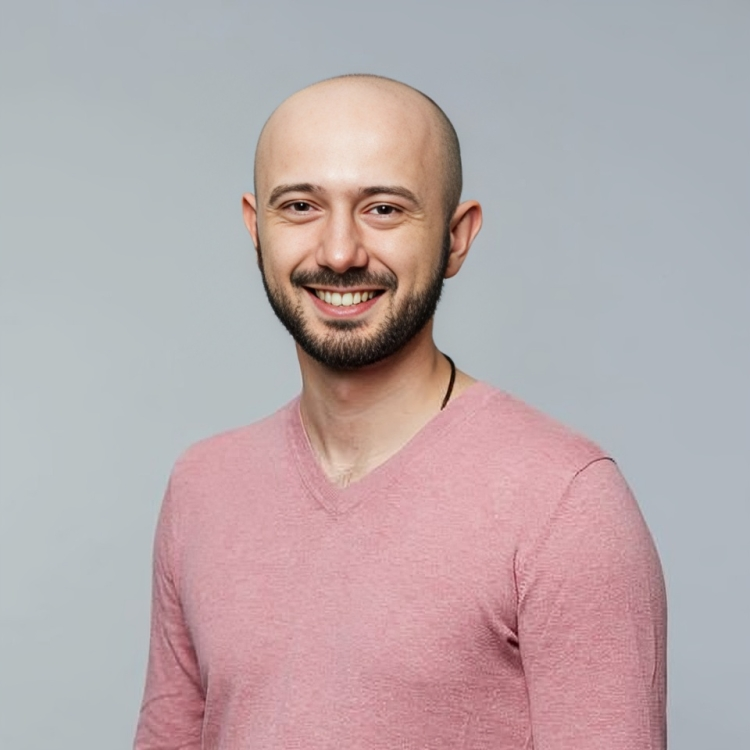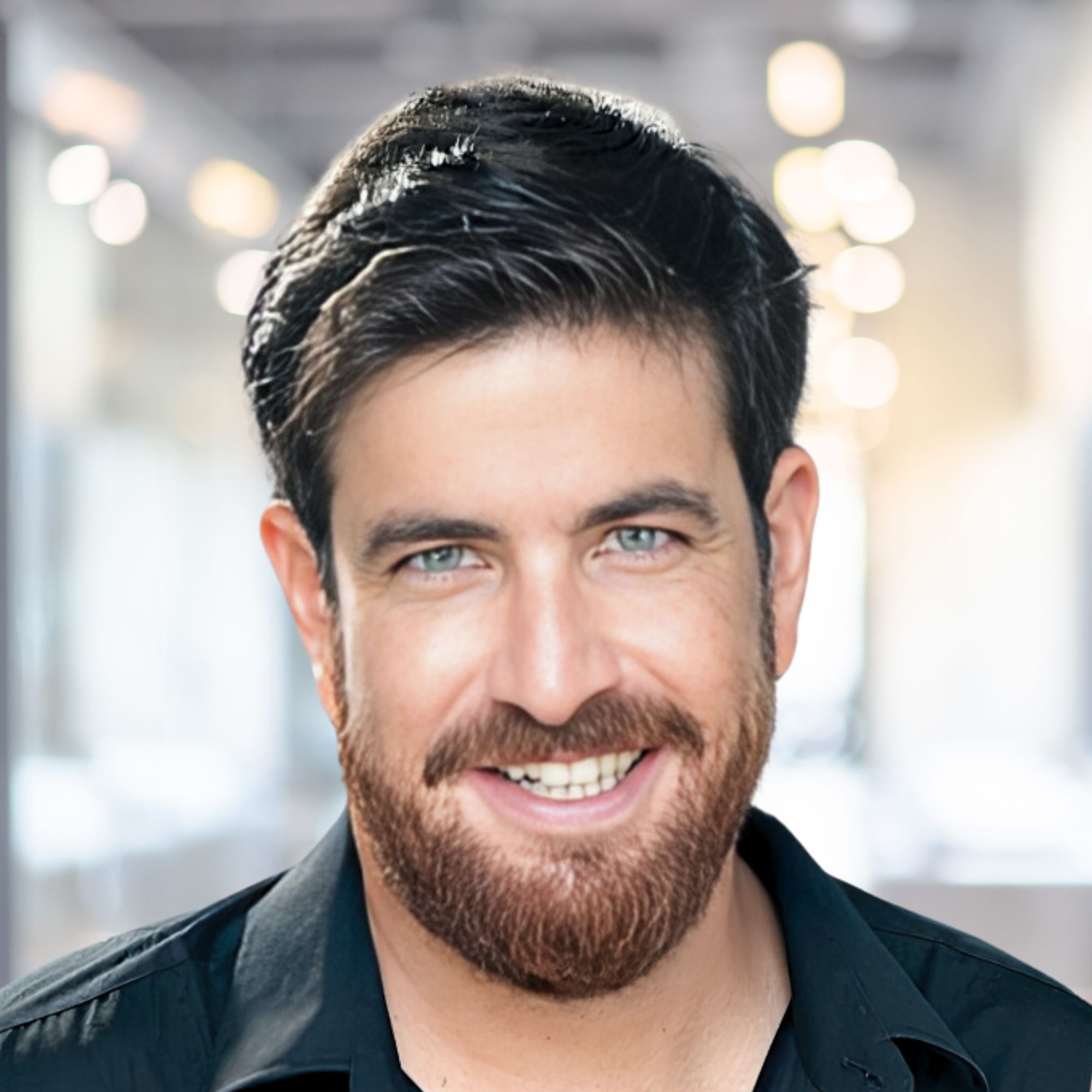Ready to build your own Founder-Led Growth engine? Book a Strategy Call
Frontlines.io | Where B2B Founders Talk GTM.
Strategic Communications Advisory For Visionary Founders
Actionable
Takeaways
Manufacture viral moments through obsessive user research:
Tanay personally onboarded the first 500 users via Google Meet, watching their facial expressions, mouse movements, and emotional reactions in real-time. This intensive observation allowed him to identify and systematically reproduce moments of user delight. He explained, "Find the things that repeatedly create delight, make sure that never dies, and then find the other places where there's confusion and kind of take them out." B2B founders should invest heavily in understanding the micro-moments of user experience, as these compound into organic growth at scale.
Leverage authentic product usage by your target buyers during fundraising:
When Wispr Flow raised their Series A, every VC in Silicon Valley was already using the product daily. Tanay noted, "I didn't need to convince them about why the product was good. All I had to tell them about if you believe why Whisper is good today, here is where we can take the company." This eliminated the typical product demonstration phase and shifted conversations to vision and execution capability. B2B founders should prioritize getting their product into the hands of potential investors as users before ever pitching them as investors.
Build anti-fragile technology that improves as the industry evolves:
Rather than competing directly with AI model capabilities, Wispr Flow built infrastructure that gets better as underlying AI models improve. Tanay instructs his team: "If at some point that you feel afraid of a new model launching, you're doing something wrong." This philosophy led them to focus on latency, user experience, and integration rather than competing on raw AI performance. B2B founders in AI-adjacent spaces should identify where they can create value that compounds with industry improvements rather than being displaced by them.
Cut aggressively to maintain focus during rapid growth:
Despite conventional wisdom, Wispr Flow eliminated SEO efforts entirely because "no one is searching for voice dictation" and most people don't know the technology has reached usability thresholds. Tanay applies an extreme 80/20 rule: "You can cut the 80% of the things that are not giving you the results... You find a new 20% that's going to give you 80% more results and you can just keep doing that again and again." B2B founders should regularly audit their activities and ruthlessly eliminate even "best practices" that don't align with their specific growth dynamics.
Design for mainstream adoption beyond early adopters:
While most AI tools target Silicon Valley technologists, Tanay identified that 95% of the population represents the real market opportunity. He noted these users "end up being your most loyal users" because they have less churn and higher lifetime value than tech-savvy early adopters. B2B founders should resist the temptation to only build for sophisticated users and instead consider how their product works for less technically proficient buyers who may represent larger market segments.
Conversation
Highlights
How Wispr Flow Achieved 90% Word-of-Mouth Growth by Manufacturing Viral Moments
Most founders dream of viral growth. Tanay Kothari lived it twice.
In a recent episode of Category Visionaries, the CEO and Co-Founder of Wispr Flow shared the unconventional tactics that drove his voice-to-text company to achieve something remarkable: 90% word-of-mouth growth without a single salesperson on the team.
But Tanay’s journey with voice technology began long before Wispr Flow existed. In 2008, inspired by the first Iron Man movie, he set out to build Jarvis. The result was Evi, “one of the world’s first voice assistants, before Siri, before Alexa,” that scaled to millions of users in its first year. Then Google shut them down.
Fast forward seventeen years, and that same obsession with perfecting human-computer interaction led to a breakthrough that would redefine how people think about voice input.
The Hardware Pivot That Changed Everything
Tanay spent three years building what seemed impossible: a wearable device that could translate thoughts into text. When it finally worked, he connected it to the most advanced AI systems available. “We hooked it up with ChatGPT and Siri and Alexa to see if those would be good voice assistants for that device to work with,” Tanay recalls. “Turns out they all sucked.”
Instead of abandoning the project, his team built something different. “What we decided to do was build a system that goes from the rambles that you have into something that is structured and ready to send. And we call that a little Project Flow.”
The response was immediate and unexpected. “We gave it to a few users. They actually started sharing it with their friends. And it went on and on, and it was one of the most viral experiences I’ve seen.”
Within two months, Tanay watched usage explode from five users to hundreds to thousands. That viral spread forced a complete company pivot. “That was when we decided to focus the company fully on building that product and we rebranded ourselves to Wispr Flow.”
Manufacturing Viral Moments Through Obsessive User Research
What most founders miss is that viral moments don’t happen by accident—they’re manufactured through relentless attention to user experience details. Tanay’s approach was unprecedented in its intensity.
“When we first built the product, I onboarded the first 500 users by myself on a call. Google Meet call, share your screen, install the product,” he explains. But this wasn’t standard customer support. “While they’re doing that, I’m seeing what they’re confused about when they’re trying to do something. Where is their mouse going? Where are their eyes going at every step of the process? What is the expression on their face? Is it confusion? Is it delight? Is it the spark in their eyes and they’re jumping off of their seat?”
This obsessive observation revealed something crucial: specific moments in the user journey could be engineered to create delight. “The whole process of this is find the things that repeatedly create delight, make sure that never dies, and then find the other places where there’s confusion and kind of take them out.”
The result? “People describe this as one of the best onboarding experiences they’ve had.” More importantly, it created a foundation for sustainable viral growth where “every moment in the user journey is aha moment.”
The Counterintuitive Growth Strategy
While most B2B companies invest heavily in SEO and traditional acquisition channels, Wispr Flow took a radically different approach. They cut SEO entirely.
“If I told that to most people, they’d be like, you’re cracked,” Tanay admits. “But honestly, you got to understand your business. And the fact of the matter is no one is searching for voice dictation. Nobody even knows that voice dictation is good enough that you can actually use it.”
This decision reflects a deeper philosophy about focus. “Most companies die by suicide,” Tanay observes. “There is a very delicate balance where you want to do a lot as a company, but you also want to be insanely focused.”
Instead of spreading resources across conventional channels, Wispr Flow doubled down on what was working. Today, they achieve “90% word of mouth” growth and are “closing 100 deals a week” without any salespeople.
Building Anti-Fragile Technology Architecture
Perhaps the most sophisticated aspect of Wispr Flow’s strategy is how they’ve positioned themselves relative to the broader AI ecosystem. Rather than competing directly with foundational AI models, they built infrastructure that improves as the industry advances.
“The key thing that I’ve told the engineering team right, is if at some point that you feel afraid of a new model launching, you’re doing something wrong,” Tanay explains. “If GPT5 is dropping tomorrow and you are terrified that it might make some work that you’re doing redundant, pinpoint what that work is, because that was work that we should not have done.”
This philosophy extends to practical decisions. “One very clear example is cost optimization. You can have a whole army of people trying to optimize your prompts, optimize your costs, all of that, or you can just wait for OpenAI to drop the API costs in half. And I always pick the latter.”
The result is what Tanay calls “anti fragile technology stack that only gets better as the rest of the AI industry is improving.”
Positioning Into Emerging Budget Categories
Wispr Flow’s B2B success stems from identifying an emerging budget category before competitors recognized it existed. “So it usually fits into what people describe as their AI budget. Every company today has that, hey, we have an AI budget. We need to go AI tools that uplift our users,” Tanay notes.
This positioning advantage came with unique sales dynamics. “The interesting thing is it is not standard what business value they’re trying to get out of it,” allowing Wispr Flow to “be then more creative and actually very direct with the business value that comes up and being able to show that ROI quantitatively and qualitatively.”
The company now serves “about 100 companies that sign up for Flow by themselves” through a purely inbound motion where “VPs or executives of these companies start using the product. They love it, they get it for their team loves it and they’re like, hey Dana, how do we make this official?”
The Mainstream User Insight
While most AI companies target Silicon Valley’s tech-savvy early adopters, Tanay identified a counterintuitive insight: mainstream users represent the bigger opportunity.
“Most AI tools are built for techies in Silicon Valley. Most AI tools are used by techies in Silicon Valley,” he observes. “But what most companies forget is that 95% of the population who’s not tech savvy, who is not in these hotspot cities and building for them.”
These users offer strategic advantages: “They also end up being your most loyal users. They’ve been using Microsoft word since the 90s and they’re going to keep using Microsoft Word like until the day they die.”
This insight drives Wispr Flow’s product philosophy. While they maintain 25 viable customer segments with product-market fit, Tanay focuses marketing efforts: “Let’s pick the top two or three that we can really focus on and nail and sell it towards.”
The Trust Factor
What separates Wispr Flow from previous voice technologies is unprecedented user trust. “The average time between when Float puts something on your screen and you press send is half a second, which means that most people trust it enough where they’re not even reading what flow produces,” Tanay reveals.
This trust comes from technical excellence. Wispr Flow achieves “the fastest inference on the planet today” with half-second response times, powered by Tanay’s co-founder Sahaj, “one of the guys who invented diffusion models,” and their intelligence team of “some of the smartest PhDs and machine learning.”
Looking Forward
Tanay’s vision extends far beyond voice-to-text. “We want to build Jarvis,” he states, outlining three core pillars: “Number one, you speak. Whisper rights for you. That’s what was for flow devs tip. Number two, you speak and it does things for you. And number three is it’s able to help you proactively.”
The timeline is aggressive. “In about five years times, you can go buy keyboards at a vintage store,” Tanay predicts, though he acknowledges adoption will spread in circles: “So we’re talking about like say San Francisco, New York, Louisiana, the hotspots. Next couple of years starting to go extinct.”
For B2B founders, Wispr Flow’s journey offers a masterclass in manufactured viral growth, counterintuitive resource allocation, and building technology that thrives in a rapidly evolving landscape. Most importantly, it demonstrates how obsessive attention to user experience details can create sustainable competitive advantages that even tech giants struggle to replicate.

